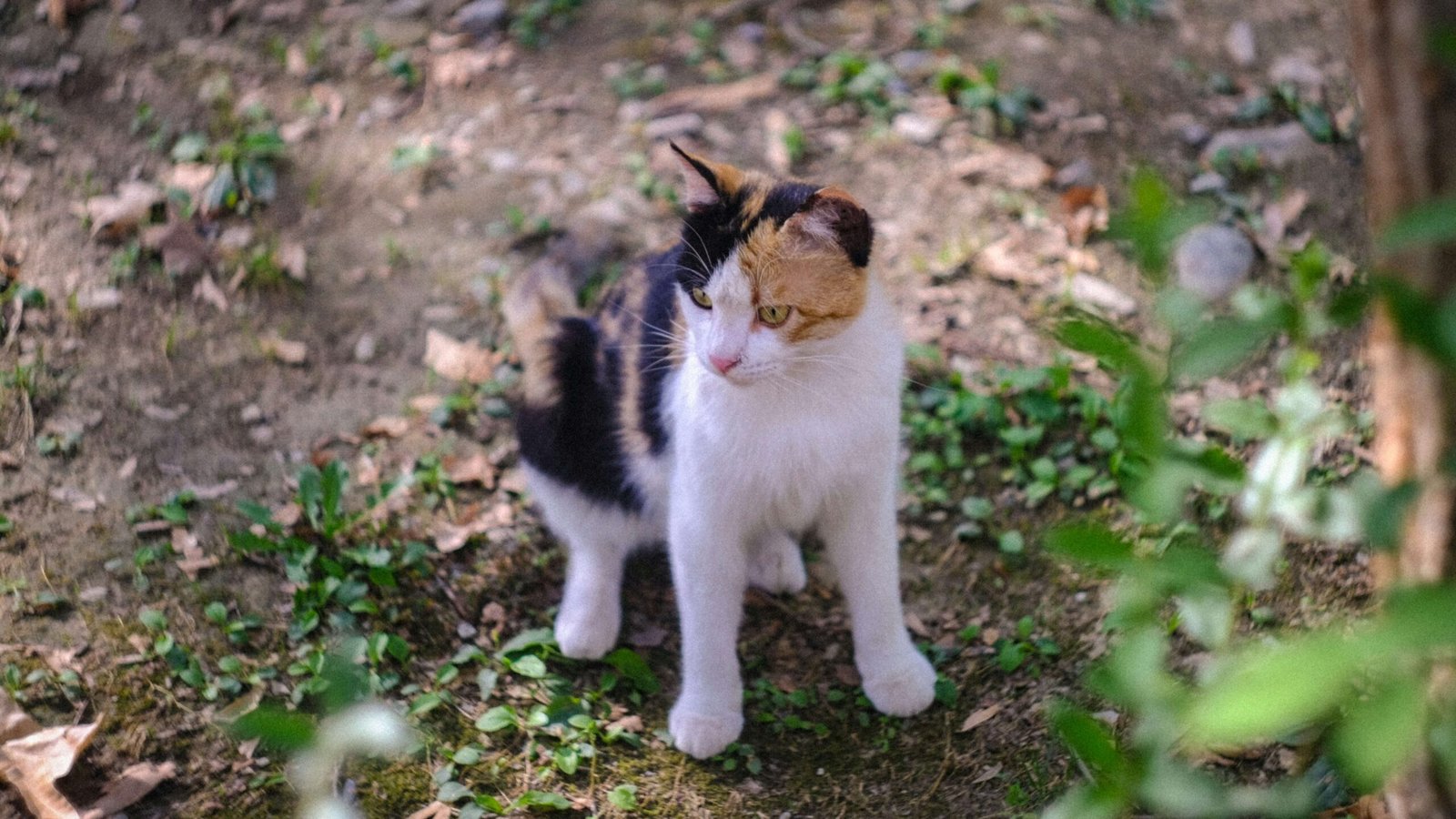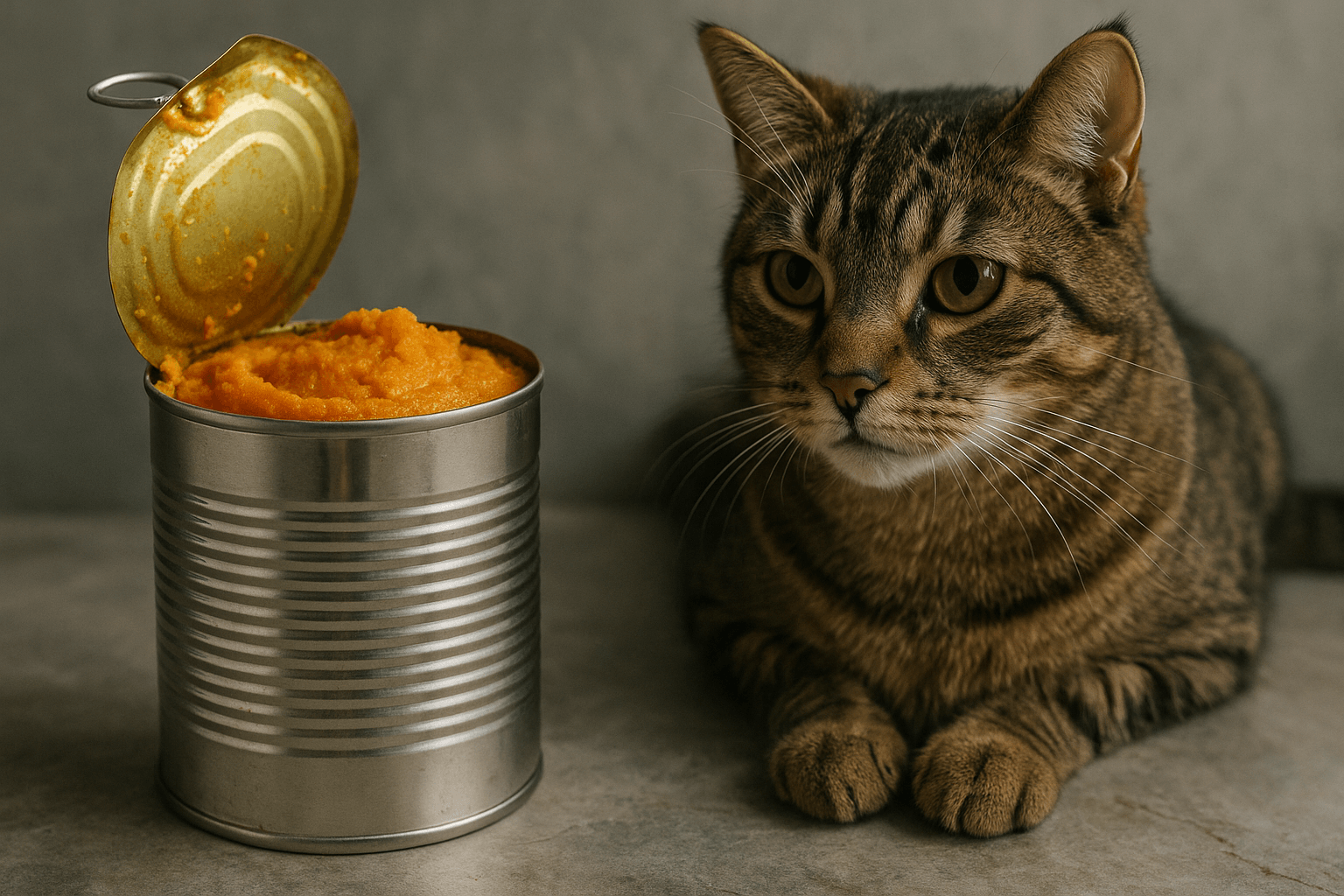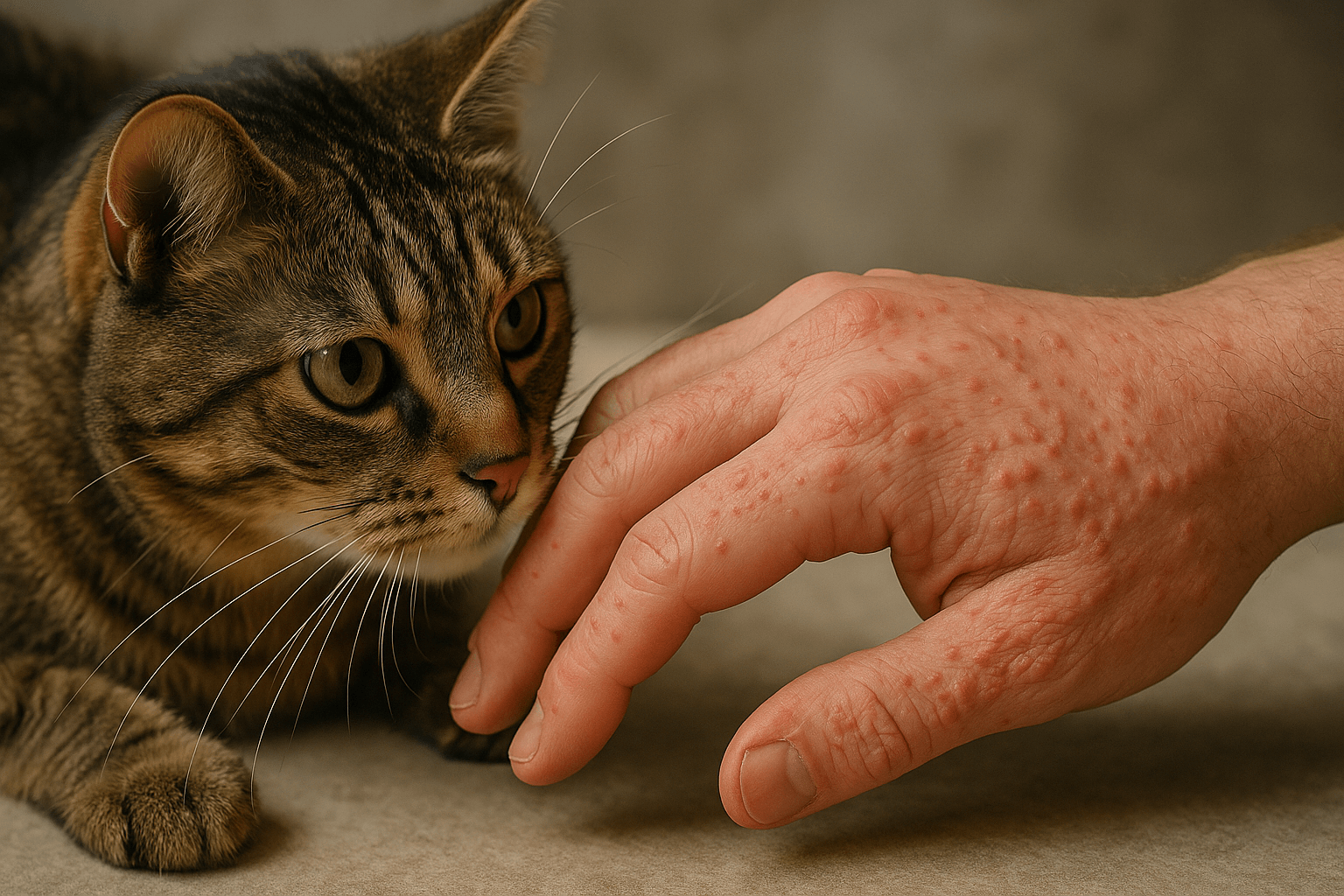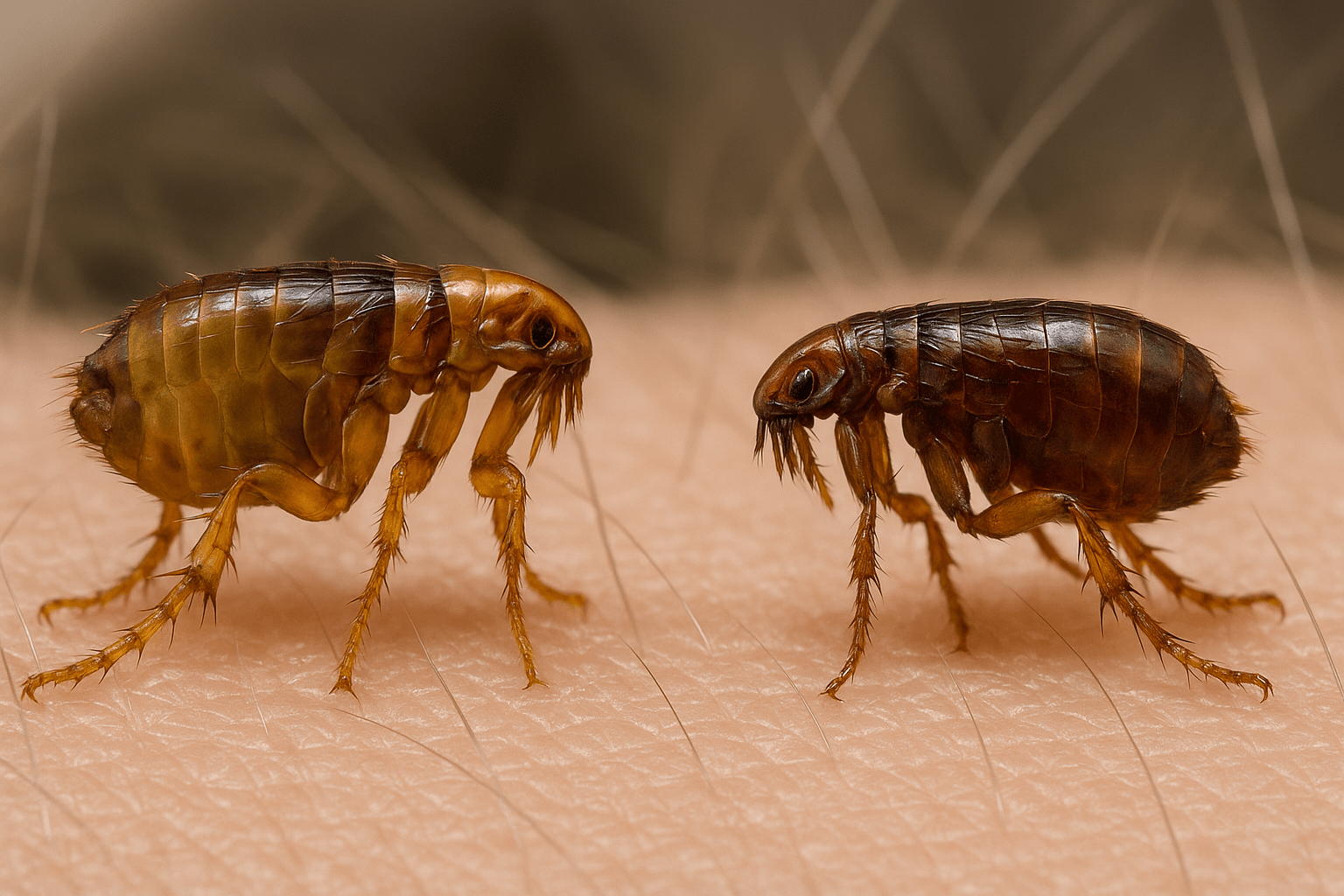Indoor vs Outdoor Cat Lifespan: What Every Cat Owner Should Know
When it comes to deciding whether your feline friend should live primarily indoors or outdoors, one of the most critical factors to consider is their lifespan. While cats are naturally curious creatures who may enjoy exploring the great outdoors, the risks associated with an outdoor lifestyle can significantly impact their longevity. On the other hand, indoor cats often enjoy a longer, healthier life—but does that mean they’re missing out on essential experiences? In this blog post, we’ll delve into the differences in lifespan between indoor and outdoor cats, explore the pros and cons of each lifestyle, and provide expert tips to help you make the best decision for your furry companion.
Why Do Outdoor Cats Have Shorter Lifespans?
Outdoor cats face numerous challenges that can drastically reduce their lifespan compared to their indoor counterparts. From traffic hazards to predators, the risks are abundant. Here’s a closer look at why outdoor cats tend to have shorter lives.
Traffic Accidents :
Cars pose a significant threat to outdoor cats, especially in urban or suburban areas with heavy traffic.Predators and Wildlife :
Larger animals like coyotes, birds of prey, or even aggressive dogs can harm or kill outdoor cats.Exposure to Diseases :
Outdoor cats are more likely to contract contagious diseases such as feline leukemia or FIV from other cats.Poisoning Risks :
Cats may come into contact with toxic substances like pesticides, antifreeze, or rodenticides while roaming outside.Human Interference :
Unfortunately, some outdoor cats fall victim to cruelty or accidental harm caused by humans.
These risks highlight the dangers outdoor cats face daily, making it clear why their average lifespan is significantly shorter than that of indoor cats.
Why Do Outdoor Cats Have Shorter Lifespans?
Outdoor cats face numerous challenges that can drastically reduce their lifespan compared to their indoor counterparts. From traffic hazards to predators, the risks are abundant. Here’s a closer look at why outdoor cats tend to have shorter lives.
Traffic Accidents :
Cars pose a significant threat to outdoor cats, especially in urban or suburban areas with heavy traffic.Predators and Wildlife :
Larger animals like coyotes, birds of prey, or even aggressive dogs can harm or kill outdoor cats.Exposure to Diseases :
Outdoor cats are more likely to contract contagious diseases such as feline leukemia or FIV from other cats.Poisoning Risks :
Cats may come into contact with toxic substances like pesticides, antifreeze, or rodenticides while roaming outside.Human Interference :
Unfortunately, some outdoor cats fall victim to cruelty or accidental harm caused by humans.
These risks highlight the dangers outdoor cats face daily, making it clear why their average lifespan is significantly shorter than that of indoor cats.
Check this guide 👉How Did My Indoor Cat Get a Cold? Best 7 Health Tips!
Check this guide 👉5 Ultimate Outdoor Cat House Ideas for Your Champion!
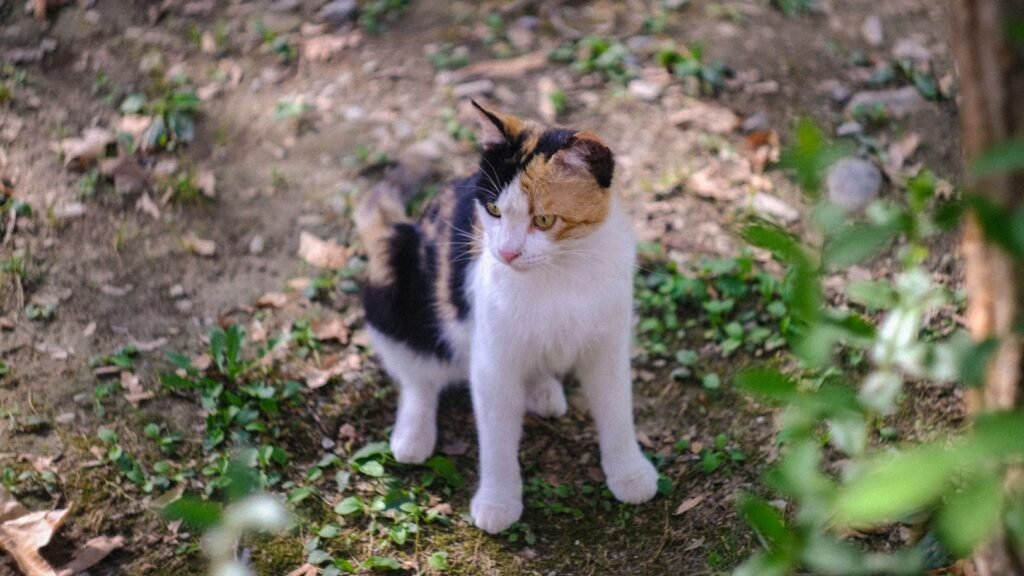
Advantages of Indoor Cats | Challenges of Outdoor Cats |
|---|---|
Longer lifespan | Higher risk of accidents |
Lower disease exposure | Vulnerable to predators |
Controlled diet and nutrition | Exposure to toxins |
Safe and secure environment | Harsh weather conditions |
Stronger human bond | Increased stress levels |
Ways to Enrich an Indoor Cat’s Life
While indoor cats generally live longer, it’s essential to ensure they remain mentally and physically stimulated to prevent boredom or behavioral issues. Here are some creative ways to enrich your indoor cat’s environment.
Interactive Toys :
Provide toys that mimic hunting behaviors, such as feather wands or laser pointers, to keep your cat active.Climbing Structures :
Install cat trees or shelves to give your cat vertical spaces to explore and perch on.Window Perches :
Set up window seats where your cat can watch birds, squirrels, or passing cars for entertainment.Regular Playtime :
Dedicate time each day to engage in interactive play sessions with your cat.Puzzle Feeders :
Use food puzzles to challenge your cat’s problem-solving skills and slow down their eating.
By incorporating these enrichment strategies, you can create a stimulating environment that keeps your indoor cat happy and healthy.
Potential Drawbacks of Keeping Cats Indoors
While indoor living offers many advantages, it’s important to acknowledge potential downsides to ensure you address them proactively. Here are some challenges associated with keeping cats indoors.
Limited Physical Activity :
Without access to open spaces, indoor cats may become less active, leading to weight gain or obesity.Behavioral Issues :
Boredom or lack of stimulation can result in destructive behaviors like scratching furniture or excessive meowing.Reduced Exposure to Nature :
Indoor cats miss out on natural stimuli like fresh air, sunlight, and the ability to explore diverse environments.Dependency on Owners :
Indoor cats rely heavily on their owners for mental and physical stimulation, which can be demanding for busy households.Potential Stress :
Changes in routine or overcrowded spaces can cause stress for indoor cats, impacting their overall well-being.
Addressing these challenges through enrichment and attentive care can help mitigate any negative effects of an indoor lifestyle.
How to Transition an Outdoor Cat to an Indoor Lifestyle
Switching your outdoor cat to an indoor lifestyle can be a gradual process that requires patience and planning. Here are some steps to help make the transition smoother for both you and your feline friend.
Start with Short Indoors Periods :
Begin by bringing your cat inside for short periods, gradually increasing the duration over time.Create a Safe Space :
Designate a specific room or area where your cat feels secure and comfortable during the adjustment phase.Provide Familiar Scents :
Use items like their favorite blanket or bedding to make the indoor environment feel more familiar and calming.Introduce Enrichment Tools :
Add toys, scratching posts, and climbing structures to keep your cat entertained and engaged indoors.Supervise Outdoor Time Safely :
If possible, allow supervised outdoor time in a secure yard or on a leash to ease the transition.
With consistency and care, most outdoor cats can adapt to living indoors while still enjoying a happy and fulfilling life.
Common Health Risks for Outdoor Cats
Outdoor cats face numerous health risks that can significantly impact their quality of life and lifespan. Understanding these risks can help you make informed decisions about your cat’s living arrangements.
Parasites and Infections :
Outdoor cats are more prone to fleas, ticks, and worms due to exposure to contaminated environments.Injuries from Fights :
Territorial disputes with other animals can lead to bites, scratches, or serious wounds requiring medical attention.Exposure to Harsh Weather :
Extreme temperatures, rain, or snow can cause discomfort, hypothermia, or heatstroke in outdoor cats.Toxic Plants or Chemicals :
Cats may ingest harmful substances like poisonous plants or chemicals found in gardens and garages.Increased Risk of Getting Lost :
Wandering too far or encountering strangers can result in your cat becoming lost or separated from home.
By recognizing these risks, you can better appreciate why many owners choose to prioritize their cat’s safety through indoor living.
Tips for Creating a “Catio” for Your Cat
A “catio,” or enclosed outdoor space, offers a compromise between indoor safety and outdoor exploration. Here are some tips for designing a functional and enjoyable catio for your cat.
Choose a Suitable Location :
Select an area near a window or door for easy access and natural light exposure.Ensure Sturdy Construction :
Use durable materials and secure fencing to prevent escapes or entry by predators.Include Vertical Spaces :
Add shelves, perches, or climbing structures to encourage exercise and exploration.Provide Shade and Shelter :
Incorporate shaded areas or small shelters to protect your cat from sun or rain.Add Stimulation Elements :
Include toys, bird feeders (outside the catio), or potted cat-safe plants to keep your cat entertained.
A well-designed catio allows your cat to experience the joys of the outdoors while remaining safe and protected, offering the best of both worlds.
Frequently Asked Questions About Indoor vs Outdoor Cat Lifespan
How long do indoor cats typically live?
Indoor cats often live 12-18 years or more, depending on their health and care.
What is the average lifespan of an outdoor cat?
Outdoor cats typically live only 2-5 years due to increased risks and hazards.
Can outdoor cats transition to an indoor lifestyle?
Yes, with patience and proper enrichment, outdoor cats can adapt to living indoors.
Is it cruel to keep a cat indoors?
Not at all—indoor cats can lead happy, fulfilling lives with adequate stimulation and care.
Are there hybrid options for indoor and outdoor cats?
Yes, supervised outdoor time or creating a secure “catio” can offer the best of both worlds.
Final Thoughts: Making the Best Choice for Your Cat
In conclusion, the debate between indoor and outdoor living ultimately comes down to prioritizing your cat’s safety, health, and happiness. While outdoor cats may experience the thrill of exploration, the risks they face often outweigh the benefits. On the other hand, indoor cats enjoy longer lifespans and a safer environment but require thoughtful enrichment to thrive. By understanding the unique needs of your feline companion and taking steps to meet them, you can ensure they lead a joyful and fulfilling life—whether indoors, outdoors, or somewhere in between. Remember, every cat is different, so trust your instincts and consult your veterinarian to make the best decision for your furry friend.
Canned Pumpkin for Cat Diarrhea: Best 7 Expert Tips! Natural remedy to firm stools, soothe upset bellies, and support gut health safely.
Can a Cat Give You Scabies? Best 7 Expert Tips! Discover the truth about feline mites, human skin risks, and how to protect yourself—without panic.
Cat Flea vs Human Flea: Best 7 Expert Tips! Discover the truth about bites, species, and how to eliminate infestations for good.
Weird Cat Behaviors: Best 7 Expert Tips! Discover why cats do strange things—and how to understand, not punish, their instincts for a happier home.

